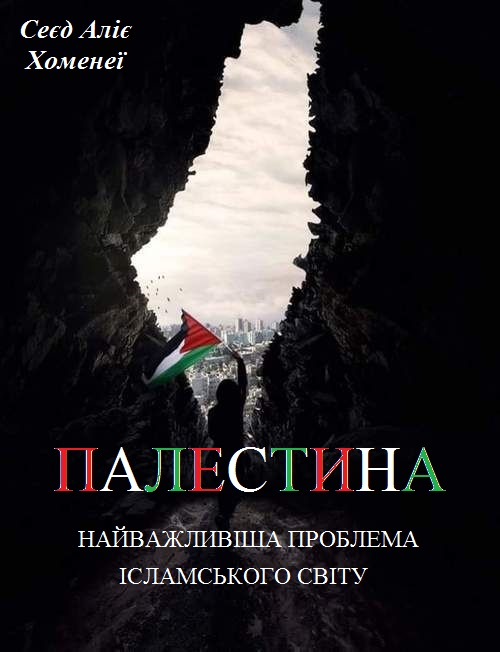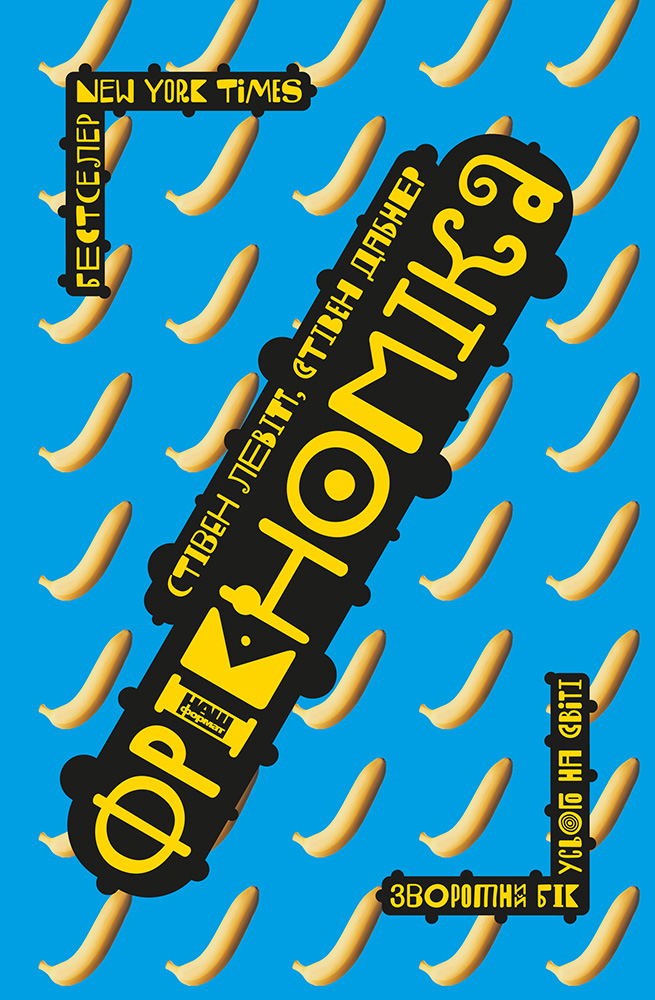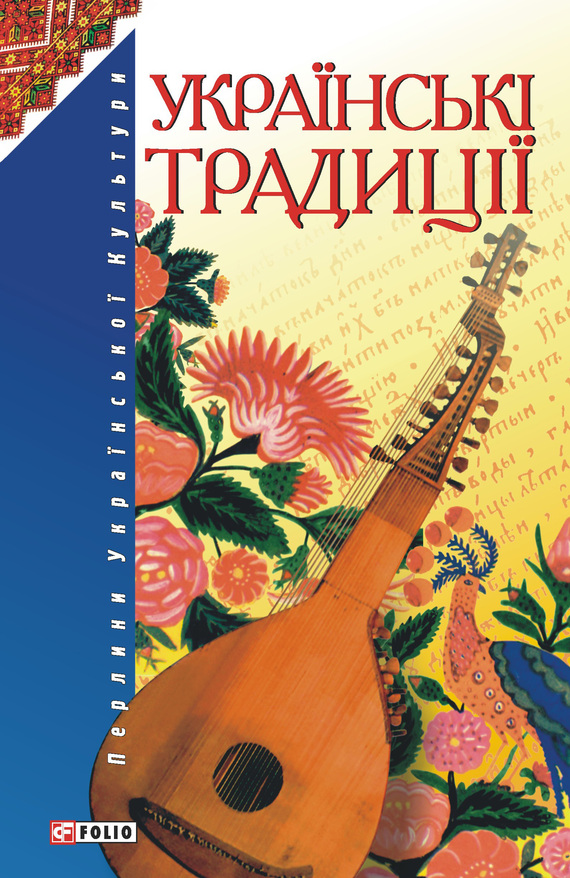Читати книгу - "Genghis Khan and the Making of the Modern World"
Шрифт:
Інтервал:
Добавити в закладку:
The most pernicious rationale for Asian inferiority did not emerge from the philosophers and artists in Europe, however, as much as from the scientists, the new breed of intellectuals spawned by the Enlightenment. In the mid-eighteenth century, the French naturalist, the Compte de Buffon, compiled the first encyclopedia of natural history in which he offered a scientific description of the main human groups, of which the Mongol ranked as the most important in Asia. His descriptions seemed like a return to the hysterical writings of Matthew Paris and Thomas of Spalato, more than five hundred years earlier. “The lips are large and thick, with transverse fissures,” Buffon wrote. “The tongue is long, thick, and is much roughened. The nose is small. The skin has a slight dirty-yellow tinge, and is deficient in elasticity, giving the appearance of being too large for the body.” He proclaimed the Tartar women “as deformed as the men.” Their culture seemed as ugly to him as their faces: “The majority of these tribes are alike strangers to religion, morality, and decency. They are robbers by profession.” Translated from French into all the major European languages, his work became one of the classic sources of information during the eighteenth and nineteenth centuries.
European scientists sought to classify everything from the breeds of dogs and horses to the types of roses and dandelions. German zoologist Johann Friedrich Blumenbach, a professor of medicine at Göttingen University from 1776 until 1835, created zoological classifications for human beings based on comparative anatomy, particularly on skin pigmentation, hair and eye color, skull type, and facial features such as size and form of the nose, cheeks, and lips. According to his study, humans divided naturally into three primary races corresponding to Africa, Asia, and Europe, and to two less important subcategories of American and Malay. On the theory that Asians originated in Mongolia, he classified all of them under the rubric Mongols. European scientists rapidly accepted his theory, making it scientific gospel.
The categories, of course, also implied an evolutionary ranking of the different races as articulated by Scottish scientist Robert Chambers in his bestselling book of 1844, Vestiges of the Natural History of Creation. “The leading characters,” he explained, “of the various races of mankind, are simply representatives of particular stages in the development of the highest or Caucasian type.” By comparison to the white race, the “Mongolian is an arrested infant newly born.”
Soon it became clear to these theorists that the Mongoloid race exhibited a close relationship to the orangutan, the Asian ape. The similarity showed not only in facial traits but in postures. Asians, like orangutans, sat with folded legs in the “Mongolian” or “Buddha” position. The category of Mongoloid expanded steadily to include all American Indians and Eskimos, as well as “the northern Chinese, the southern Chinese, the Tibetans, the tribal peoples of southern China, the Mongols, some of the Turks, and the Tungus, Koreans, Japanese, and Paleo-Asiatic peoples.”
Once in place and widely accepted in Western science, the system of Mongoloid classification inspired new applications. Based on the physical description of some retarded children as marked by Asian facial features, it became apparent to the scientists of the era that they must also belong to the Mongoloid race. The first recorded link between retarded children and the “Mongoloid race” occurred in the 1844 study by Robert Chambers, who associated the malady with incest: “Parents too nearly related tend to produce offspring of the Mongolian type—that is, persons who in maturity still are a kind of children.” In 1867, Dr. John Langdon Haydon Down, Medical Superintendent of the Earlswood Asylum for Idiots in Surrey, England, formalized the new system of categories in “Observations on the Ethnic Classification of Idiots” in the British Journal of Mental Science. In addition to incest and other forms of deviant behavior posited as the cause of the Mongoloid condition, medical doctors also suggested dietary deficiencies, maternal anxiety, excessive use of perfume, paternal alcoholism, and two-headed sperm.
In the search for a more directly historical explanation for why these children bore Asian physical characteristics, scientists found a precise biological connection by looking back at the Mongol invasions of Europe in the thirteenth century. According to their new explanation, through the ages, marauding tribes of Huns, Avars, and Mongols had left their genetic impact on Europe when they supposedly raped the white women. The descendants of these genes occasionally erupted in the modern era, when apparently “normal” European women gave birth to a child that was a throwback to the Mongols. Dr. Down’s son refined his father’s theory by revealing that in his research as a medical doctor, he found that these imbeciles derived from an earlier form of the Mongol stock and should be considered more “pre-human, rather than human.”
In a popular 1924 book, The Mongol in Our Midst, British physician Francis G. Crookshank easily moved back and forth between Mongoloids as a race and as a mental category in what he delineated as the “Mongolian stigmata,” including small earlobes, protruding anuses, and small genitals among both males and females. The obvious conclusion of this linking of retarded children with another race was that these children do not belong in the communities, or even the families, into which they were born. As Crookshank explained, these individuals “are a race apart. For better or for worse, they are not quite as are other men and women around them. They are indeed ‘Mongol expatriates.’ ” Because
Увага!
Сайт зберігає кукі вашого браузера. Ви зможете в будь-який момент зробити закладку та продовжити читання книги «Genghis Khan and the Making of the Modern World», після закриття браузера.




